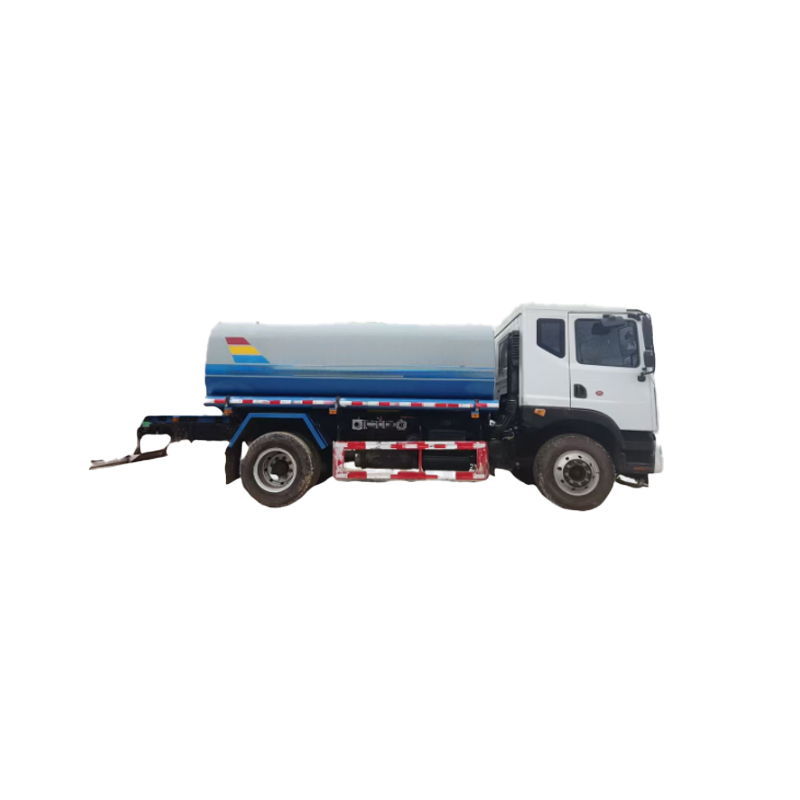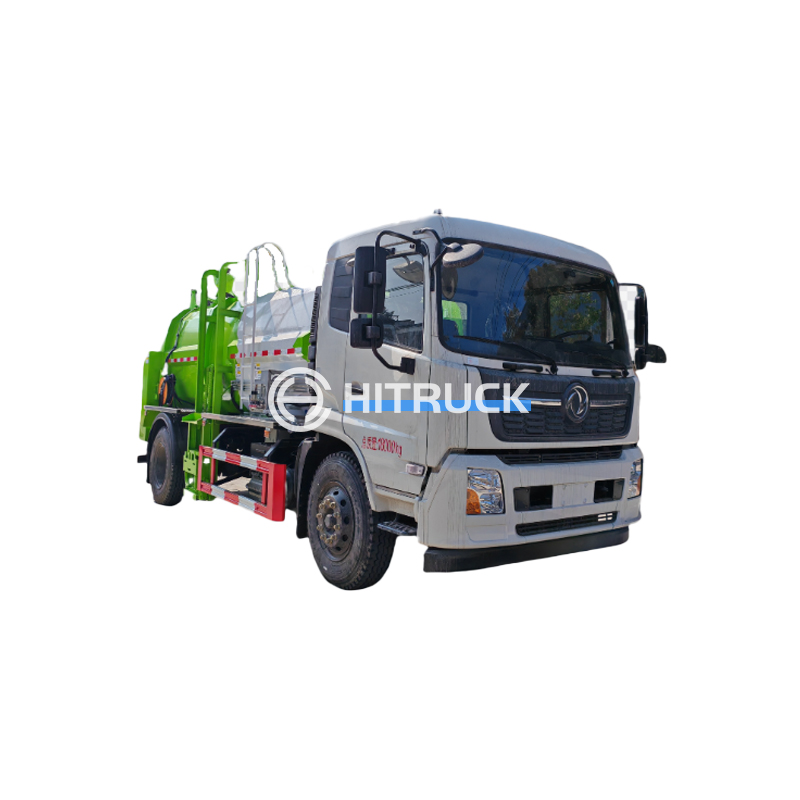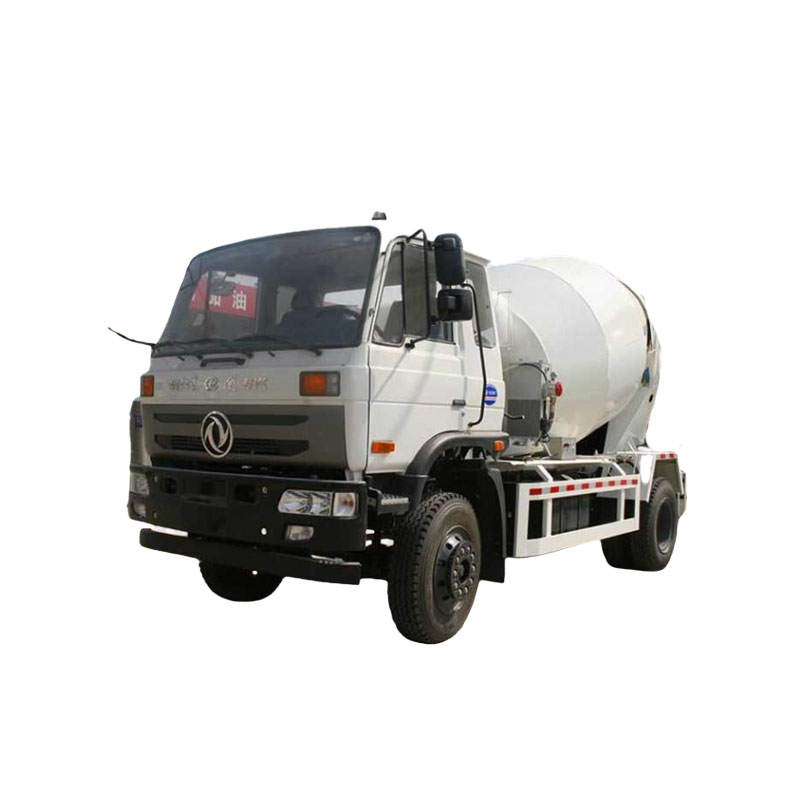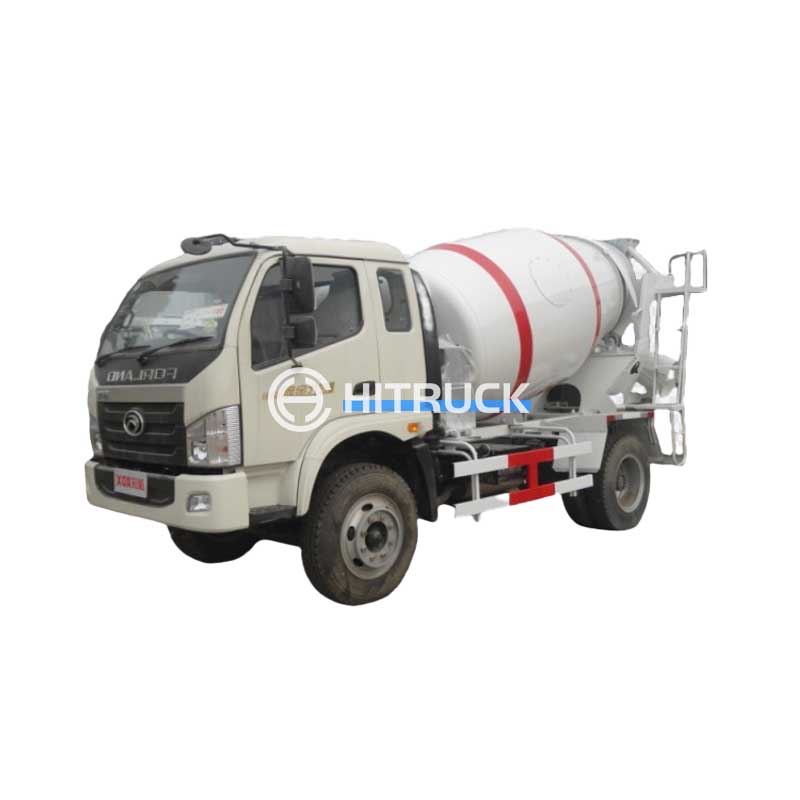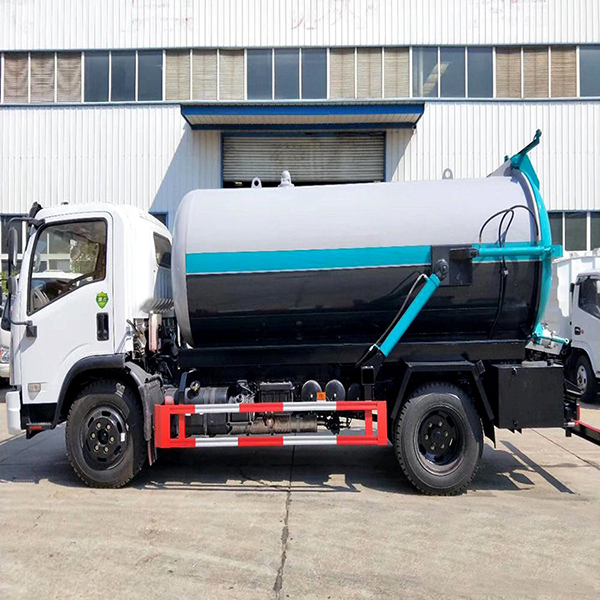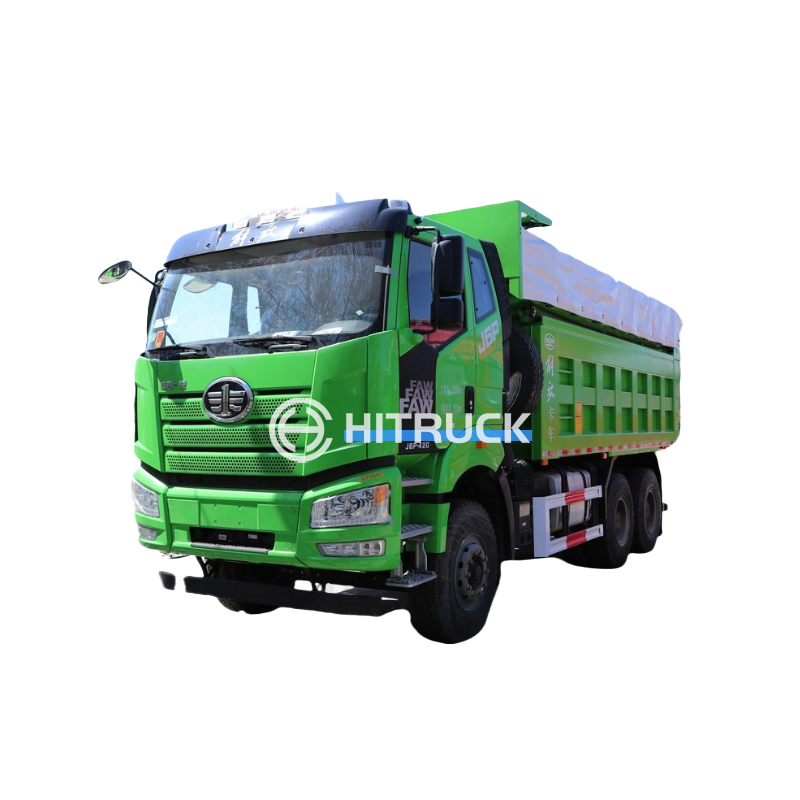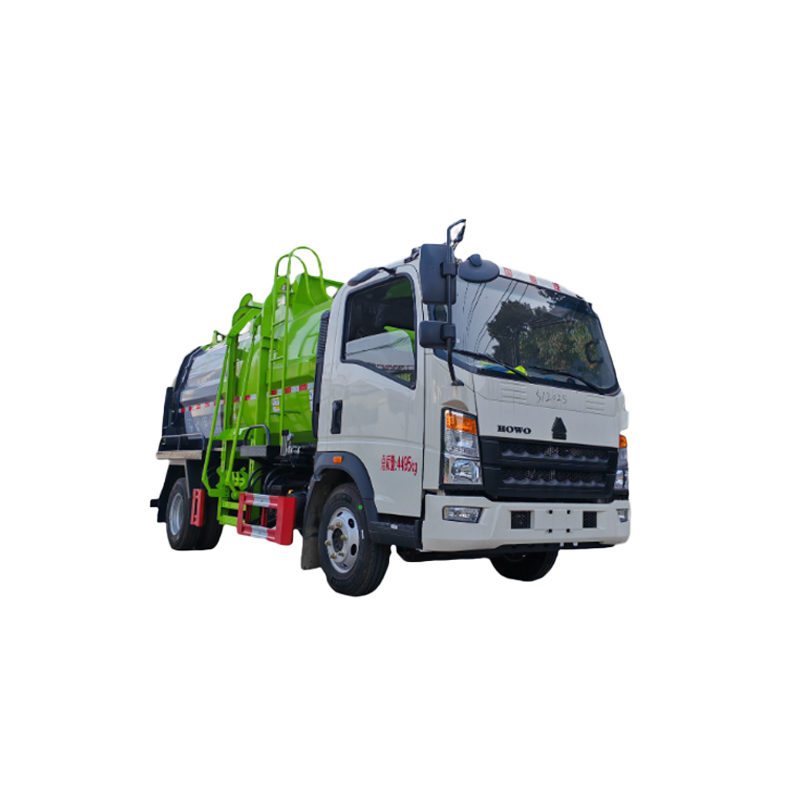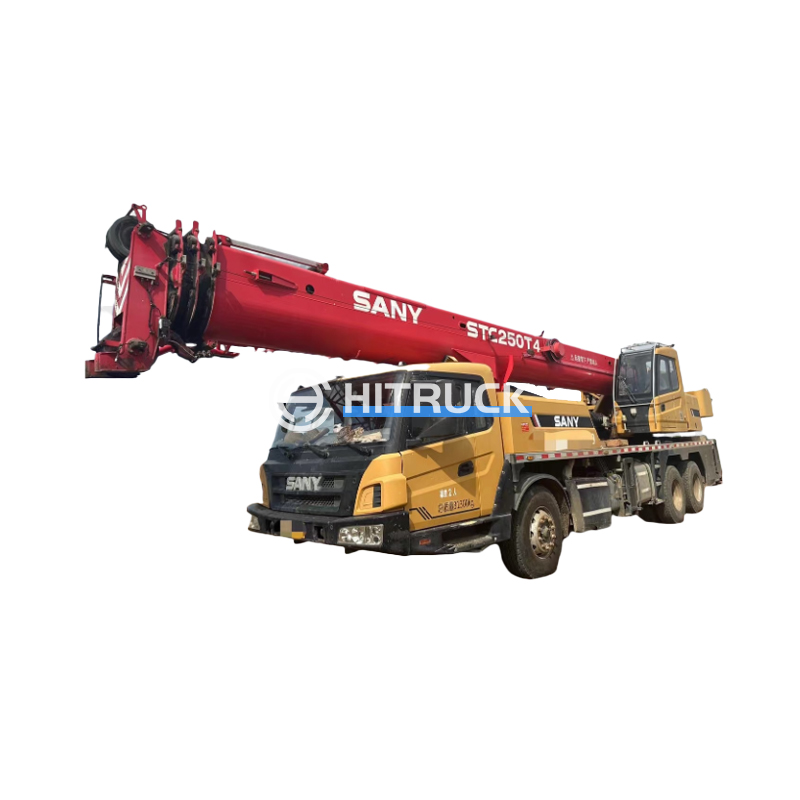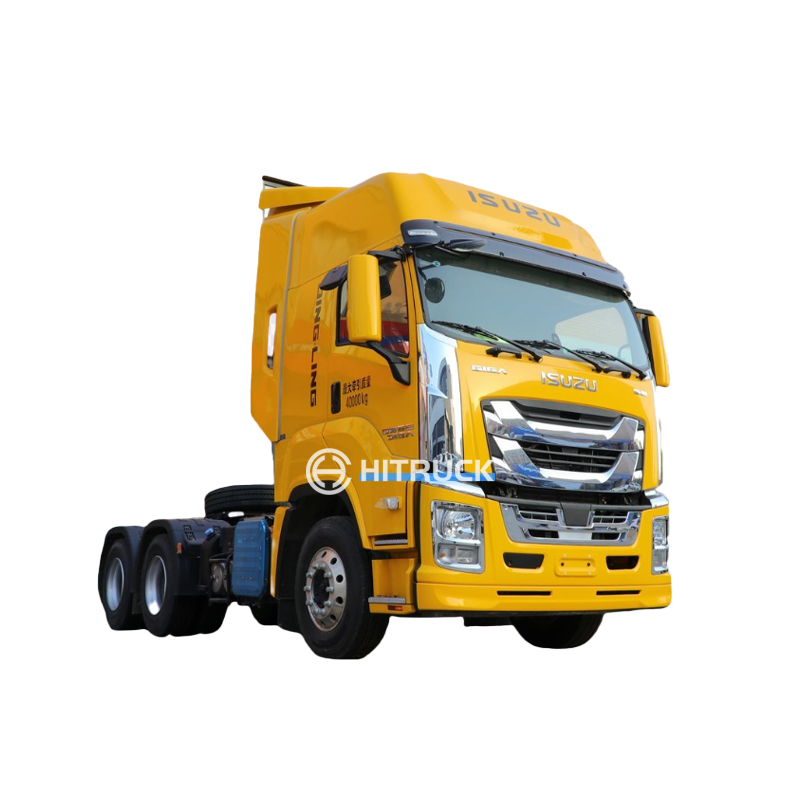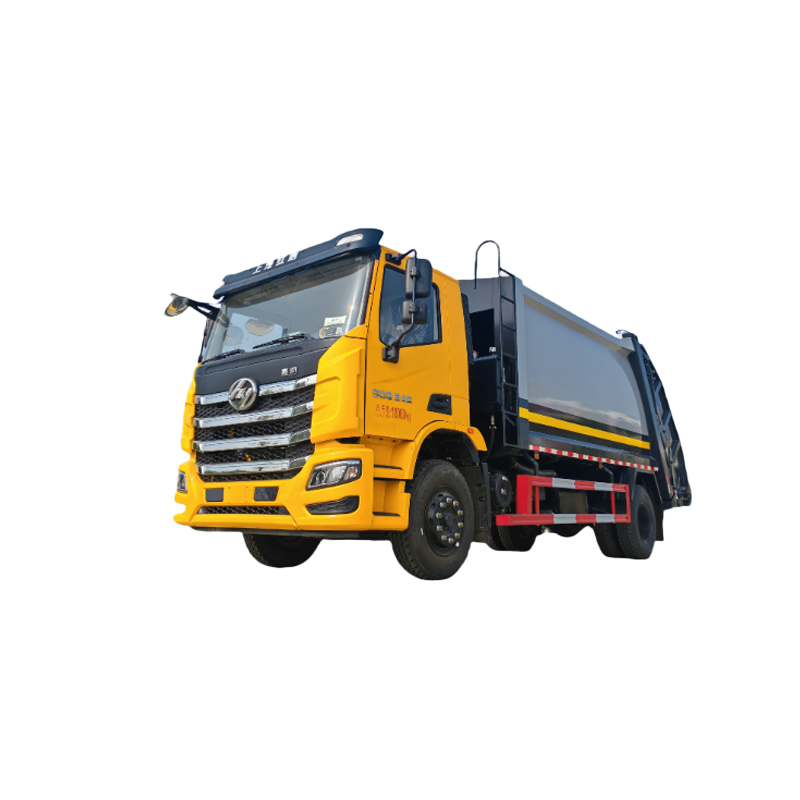Self-Erecting Tower Cranes: A Comprehensive GuideThis guide provides a detailed overview of self-erecting tower cranes, covering their functionalities, advantages, applications, and key considerations for selection and operation. We'll explore different types, safety procedures, and factors to consider when choosing the right crane for your project.
Self-erecting tower cranes represent a significant advancement in construction technology, offering a blend of portability and lifting capacity. These cranes are designed for easy and rapid assembly and dismantling without the need for a large crew or heavy lifting equipment. Their compact nature makes them ideal for various projects, from smaller building sites to larger infrastructure developments. Understanding the nuances of these cranes is essential for ensuring efficient and safe operation.
Self-erecting tower cranes come in various designs, each tailored to specific project requirements. The main classifications are based on their lifting capacity, jib length, and overall height. Some common types include:
These cranes are designed for smaller construction sites where space is limited. They typically have a lower lifting capacity but are highly maneuverable and easy to set up. Ideal for residential construction or smaller-scale projects.
Offering a balance between lifting capacity and portability, these cranes are suitable for a wider range of projects, including commercial buildings and industrial construction. They provide a good compromise between size and lifting power.
These cranes are built for larger and more demanding projects. They boast higher lifting capacities and longer jib lengths, making them suitable for high-rise construction and infrastructure projects. While still self-erecting, they generally require more space for setup and operation.
The popularity of self-erecting tower cranes stems from several key advantages:
Selecting the right self-erecting tower crane requires careful consideration of several factors:
Safety should always be the top priority. Proper training, regular inspections, and adherence to safety regulations are crucial:
While specific models vary across manufacturers, here's a general comparison to illustrate the differences in capacity and reach:
| Model | Lifting Capacity (kg) | Max. Jib Length (m) |
|---|---|---|
| Model A | 1000 | 20 |
| Model B | 2000 | 30 |
| Model C | 3000 | 40 |
Note: These are example values and may vary based on the specific manufacturer and model. Always refer to the manufacturer's specifications for accurate data.
For more information on self-erecting tower cranes and other heavy machinery, visit Suizhou Haicang Automobile sales Co., LTD. They offer a wide range of equipment suitable for various construction projects.
Disclaimer: This information is for general guidance only. Always consult with qualified professionals for specific advice on the selection, operation, and safety of self-erecting tower cranes.

